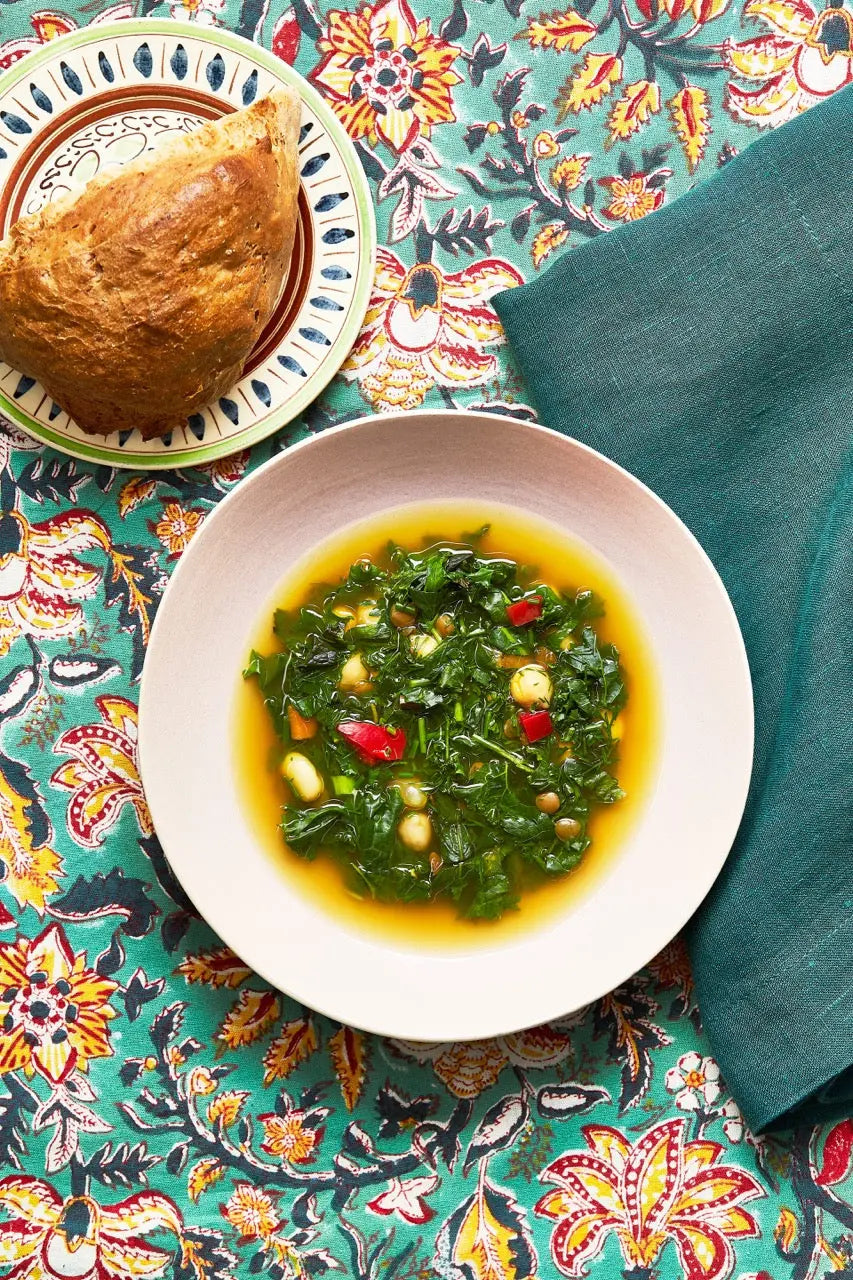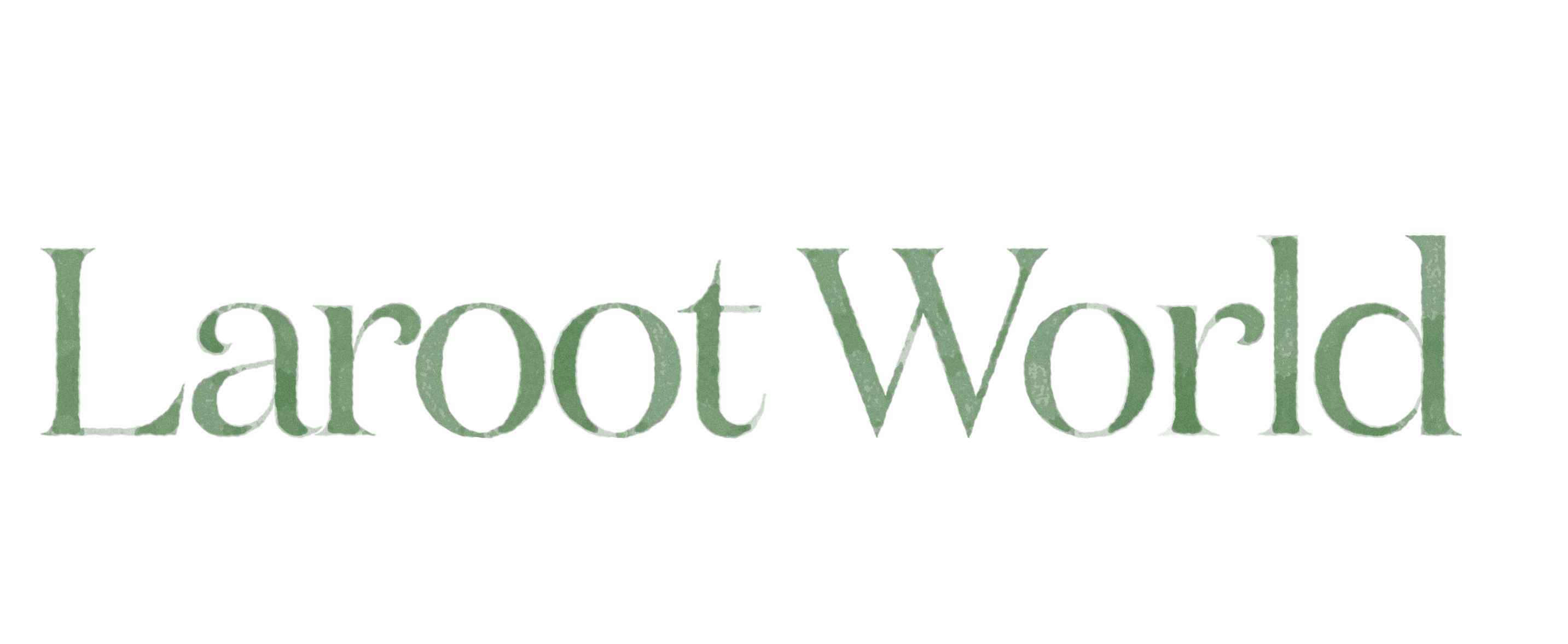Soup's on: The Auspicious Persian Tradition of Āsh

Āsh (pronounced “osh”; literally “thick soup”) is a Persian umbrella term that describes dozens of ancient pottages that typically contain noodles, legumes (chickpeas, beans, lentils), whole grains, leafy greens (chiefly spinach), and, from time to time, meatballs. Hearty, savory, and aromatic, āsh is amply spiced with traditional Iranian herbs and spices like parsley, mint, chives, cilantro, turmeric, and pepper. Often, a burst of counterbalancing sourness is added with a dollop of kashk, a fermented yogurt product rich in gut-healthy probiotics.
In Iran (and in Azerbaijan), one of the most popular varieties of the soup is a verdant noodle-based version called āsh reshteh. (Reshteh means “thin noodles.”) Because noodles symbolize good fortune and prosperity in Persian culture, āsh reshteh is most commonly served around the Persian New Year, known as Nowruz, as well as for other religious celebrations and important events that bring families together.
Indeed, in the past, āsh was prepared outdoors in a large pot with participation from each family member. Some would wash the herbs while others would slice the onions and chop wood for the fire. Once ready, the ash would be enjoyed fireside to the sounds of storytelling, laughter, and buzzing conversation.
Immunity-boosting and anti-inflammatory, Laroot’s gluten-free Nowruz Āsh includes the traditional chickpeas, cannellini beans, and green lentils, providing abundant sources of protein, fiber, and B vitamins. Locally sourced spinach lends vitamins A, C, and K; cilantro, parsley, dill, and mint boost the mineral and phytochemical profiles; feta cheese, in place of kashk, brings a soupcon of tang. Enjoyable at any time of year, our āsh retains the most health-enhancing components of heritage recipes—enough, perhaps, to portend not only good luck, but also optimal well-being.


